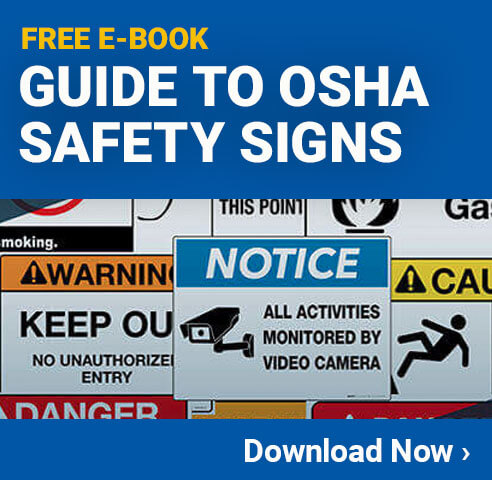
A job safety analysis, referred to as JSA or a job hazard analysis, is a process used for reviewing jobs or tasks to identify and address hazards. By evaluating the potential hazards of a specific job, controls can be put in place to reduce or eliminate injuries and illnesses. For this reason, performing a JSA is often seen as the first step to risk management.
How to do a Job Safety Analysis
Before beginning the JSA, the job or task that will be analyzed needs to be chosen. Job safety analyses take time, effort, planning, and action and most organizations do not have the capacity to evaluate each and every task. Because of this, it is important to prioritize based on injury or illness rates, the potential for severe injury or illness, the risk of human error leading to an accident or injury, the complexity of the job, and jobs that have recently been introduced or changed. It should be noted that the more specific the task or job being analyzed, the better.
The selected job is then broken down into a sequence of steps. Through observation, the individual conducting the analysis should outline the steps of the task, finding the sweet spot of recording enough information without going overboard with detail. It can be helpful to talk with workers during the observation to gain more insight and afterwards to ensure no steps are omitted from the list.
After observation, the next step is to identify potential hazards and look for the root cause. A few questions that can help guide this process include: What can go wrong? What are the consequences? How likely is it the hazard will occur? How could it happen and what are contributing factors? The answers to these questions should be documented consistently in order to ensure the hazard controls chosen in the following step will be successful.
Finally, it is time for controls to be implemented. While some improvements or solutions may be obvious, but the Hierarchy of Controls outlined by NIOSH can also be a helpful starting point. This hierarchy helps to determine the effectiveness of control systems with eliminate the hazard being most effective followed by substitution, engineering controls, administrative controls, with PPE ranking as least effective.

